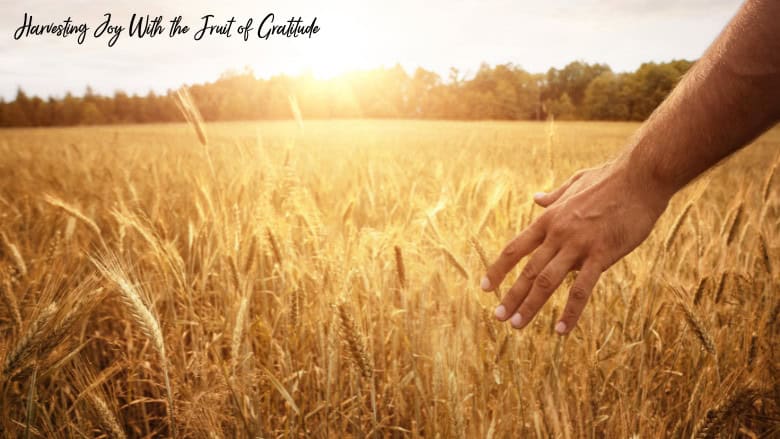
Stock Photo – Canva
By Leah Perrault
Harvest is stretching into September on the Prairies. The labour is long awaited, bringing home what is hoped for and sustaining life for another year. This weekend, I surprised my daughter with a trip to one of her favourite places – the airport. She loves to look under vending machines for lost coins. When I told her we were going, she looked at me with body-consuming joy.
As we were driving to the airport for her treasure hunt, I was thinking about the labour of harvesting joy. While there are occasions and stages in life where joy comes more spontaneously, it has been my experience that many of us living today have to make an effort to plant and nurture and harvest joy. The irony is that in the midst of so much instant gratification, we can become numb to – and feel entitled to – the many good things that surround us.
The labour of harvesting joy has at least three parts. First, we practice noticing and knowing what fills us with joy. In my heaviest seasons of depression and grief, I learned (in the recovery processes) that I had lost touch with even knowing what I loved. I made lists, short at first and then growing longer with time and effort. Tiny shoots growing in soil. My kids’ voices. The smell of my grandma’s cinnamon buns baking. Time with people I love. Yarn. Live music. Deep conversations. Fall air and colours. Paper and pens. Stories crafted with attention to the beauty of words. Snow beneath my feet…
It was so surprising to me that I had to nurture self-awareness of my own sources of joy with unapologetic confidence. Of course I get surprised by new things, and then I get to add them to the list. As I age, the list is getting longer and simpler simultaneously.
The middle part of the labour is the longest and most significant part in a world addicted to productivity and being busy. I practice (imperfectly) protecting the space necessary to appreciate joy. We had a friend flying in to stay with us, and I got to take Charlize to the airport early because there was space left in to make it happen. I could have stayed home to get the laundry done or finish this column a day earlier. Instead, we held space for joy.
I’ve said before that to say yes to one thing is always to say no to others. In order to say yes to joy, we often need to say no to hurry. No to the most efficient way. No to control. A commitment to joy looks like changes in my calendar and, therefore, my life.
The final part of harvesting joy is allowing myself to be fully present to and deeply moved by what and who is right in front of me. In our world, it is easy to be sitting in front of a sunset distracted by email. I can experience joy more readily when I stop trying to pretend I can multitask and give my whole self to the moment I am in.
Joy also invites me to feel deeply, to be affected. I was a child with an old soul, trying to grow up too fast. I feel like I skipped some of the child-like joy that came easily. I have to practice wonder and awe at the ordinary with some intention. It is actually amazing every time my littlest slips his hand into mine. Berries picked off the tree still warm from the sunlight are complete miracles. Honest words spoken in trust are a complete gift.
When I live into joy, it is easier to find it in the midst of difficult circumstances. Human kindness still finds me there. Nature still surrounds me with beauty when I feel lost and lonely and afraid. Clean sheets on a freshly made bed are still a comfort.
Joy is neither optimism nor the absence of difficult emotions. It is a fruit of gratitude and wonder, a gift that emerges when we are vulnerable enough to receive ordinary miracles in the midst of whatever weather our lives bring our way. May we harvest the joy that has grown for us.
(Leah Perrault is executive director at Mount St. Francis in Cochrane, Alberta.)

